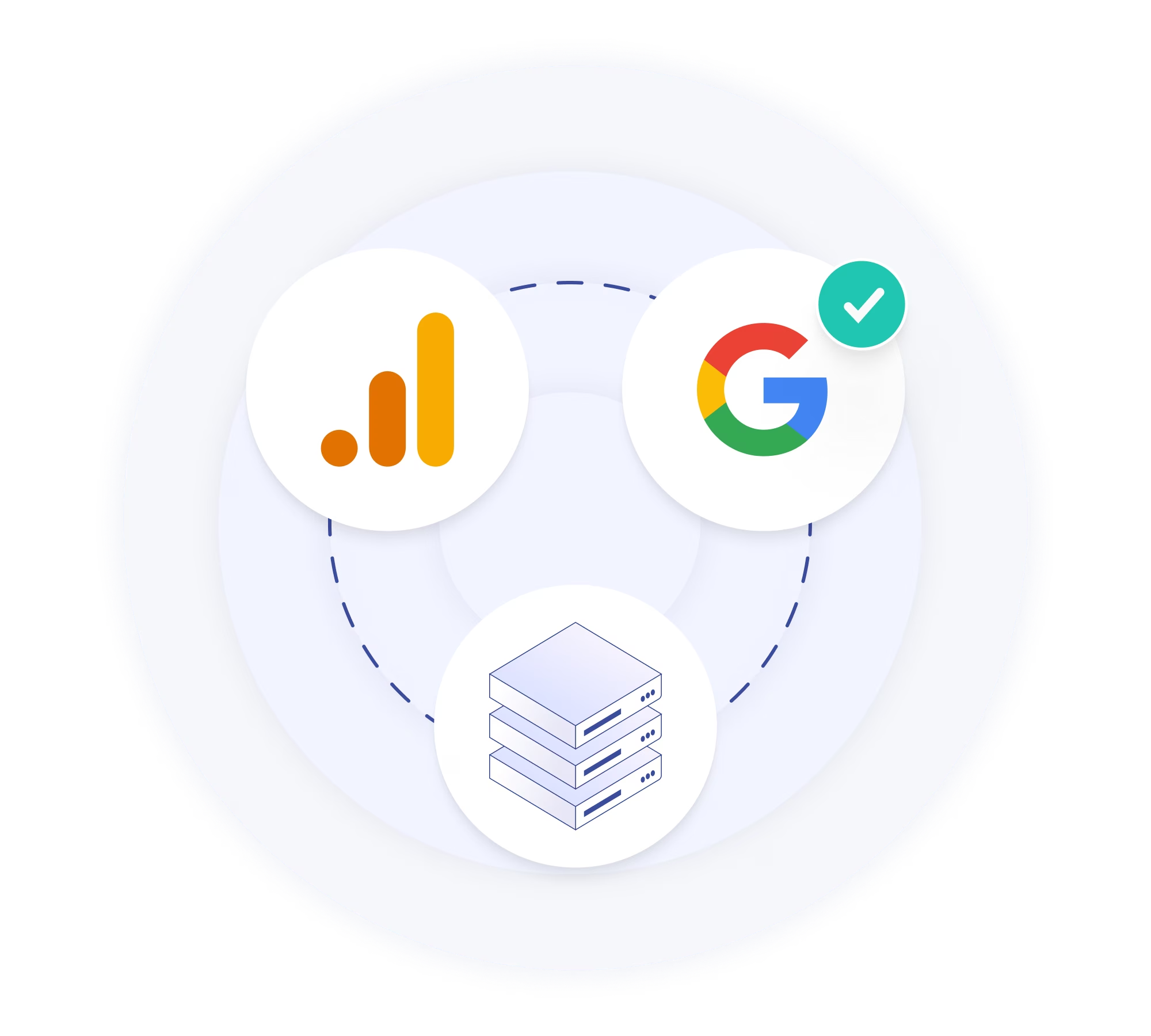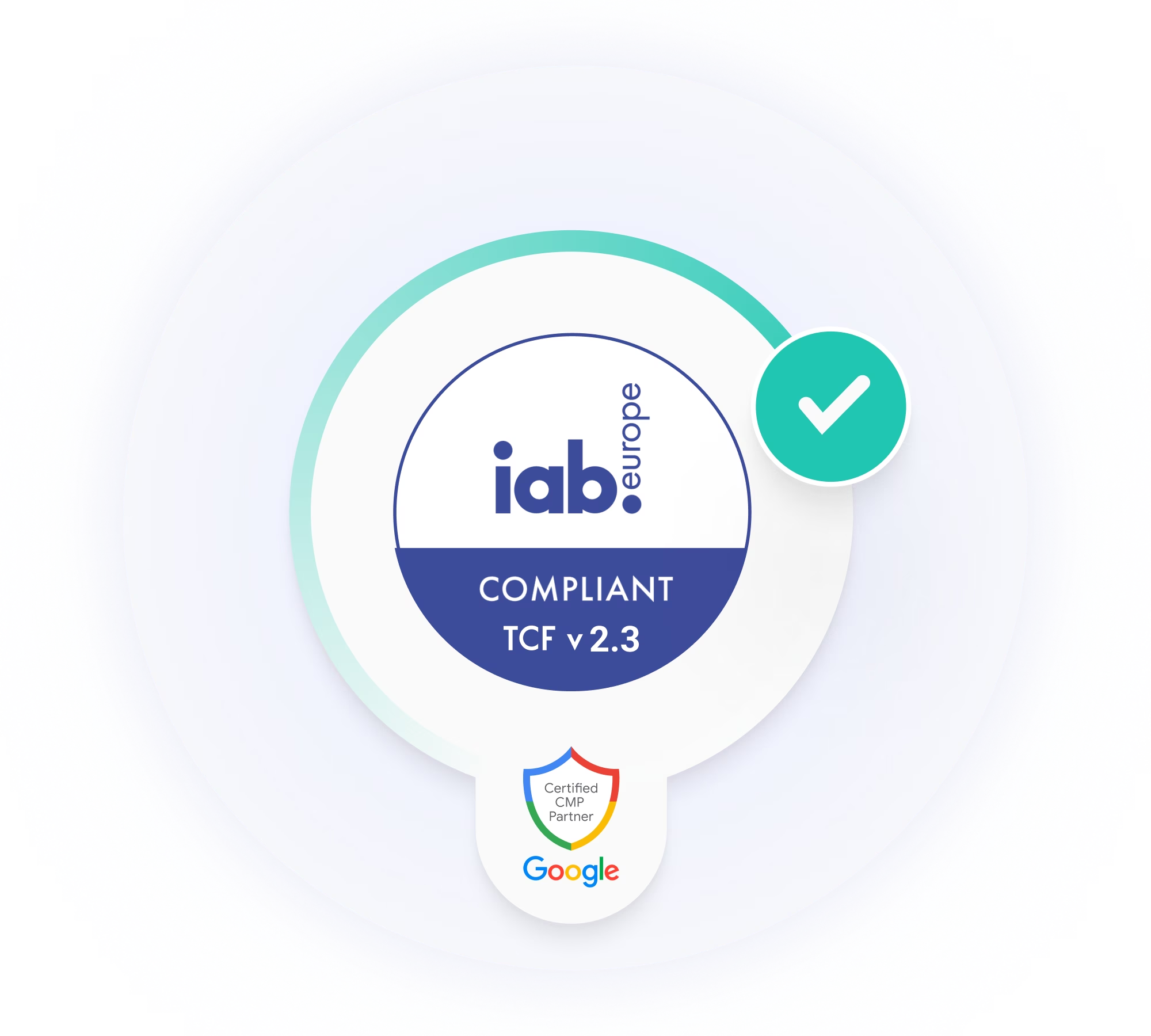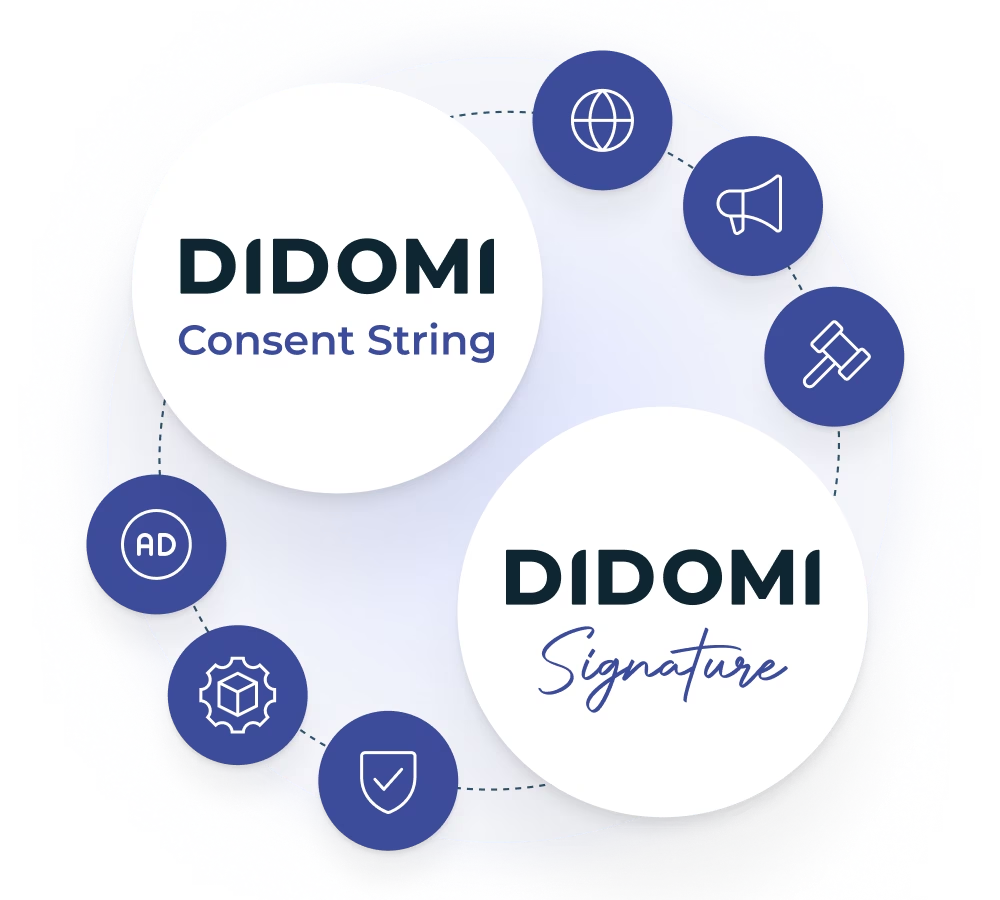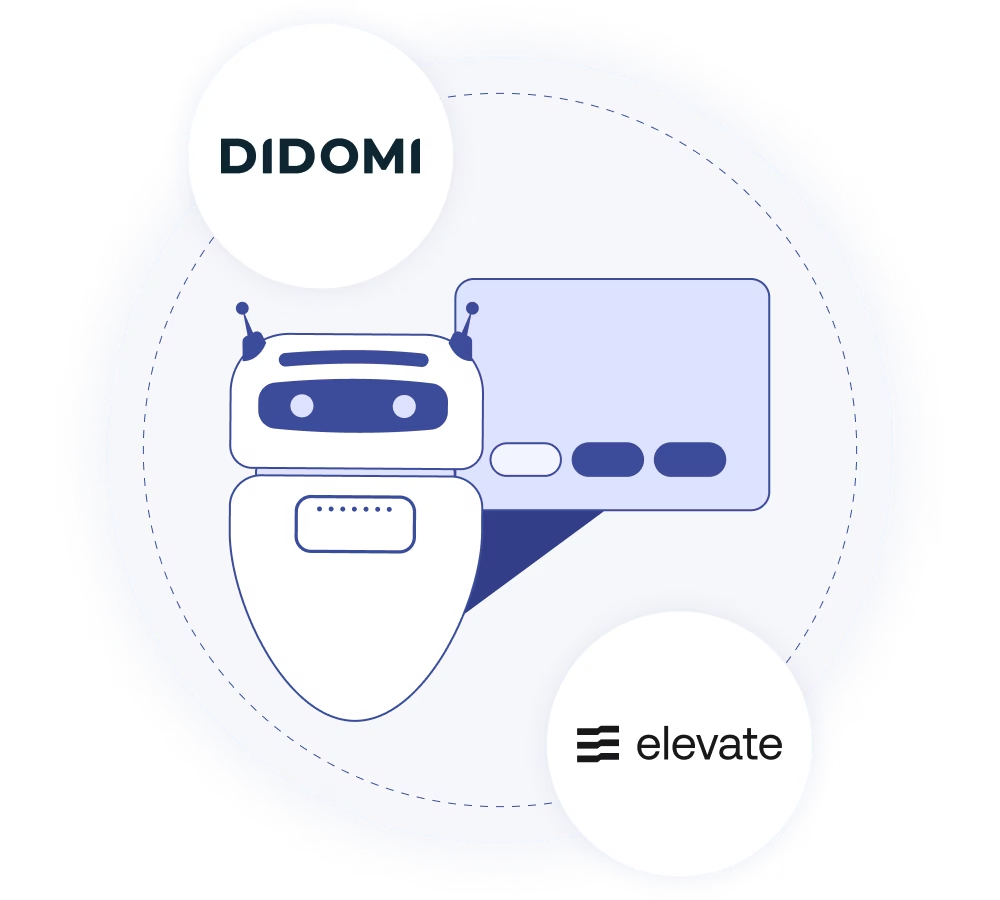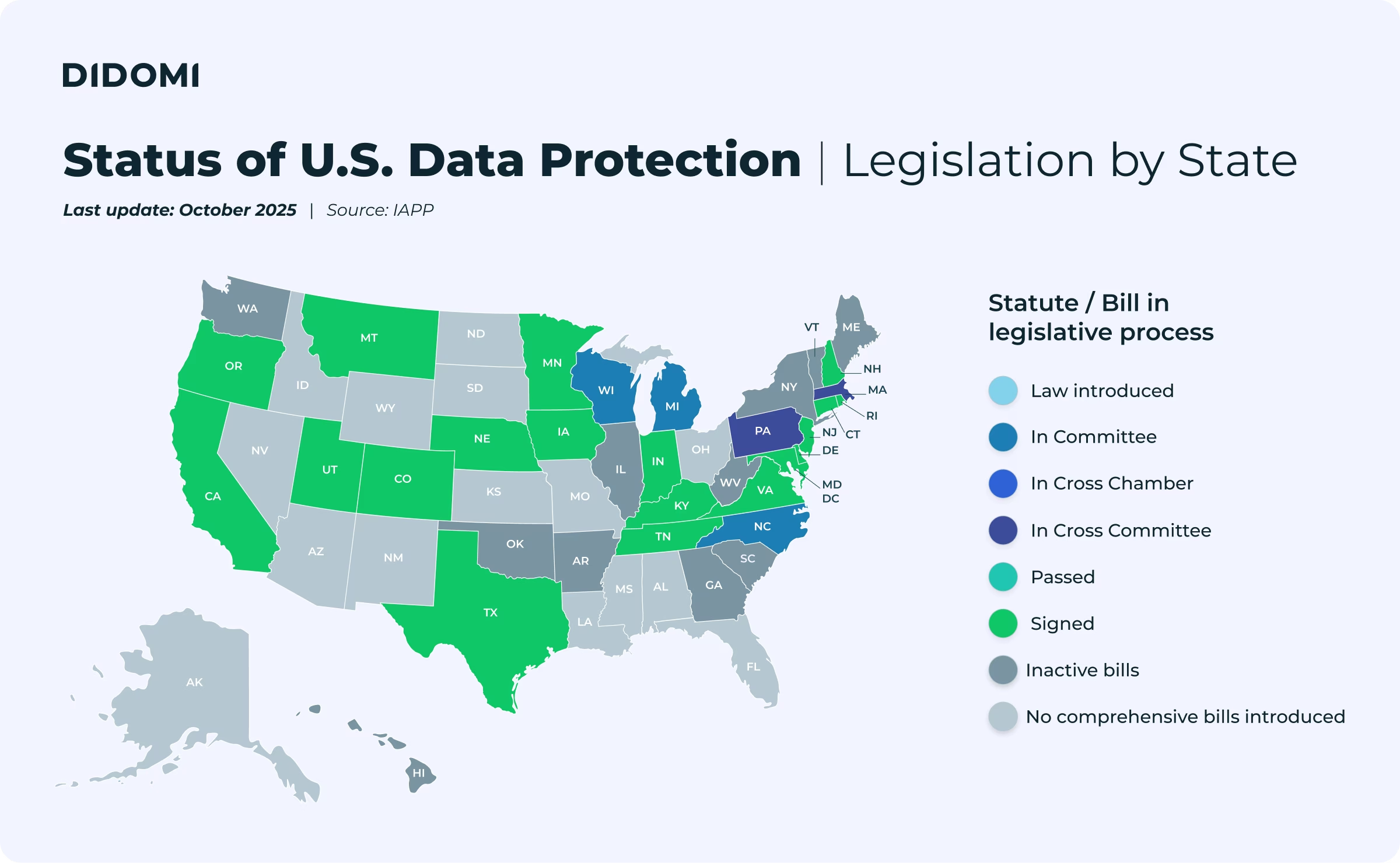It's no secret that audience data is increasingly scarce and unreliable, and that modern digital teams face significant challenges as a result, from unreliable KPIs to difficulties in attributing ROI and limitations to their marketing initiatives. The rise of data privacy has made it a priority for brands to rethink how they collect, manage, and model consent data.
To discuss this, we joined forces with Dillan Ramrattan and Brendan Hayes from Jellyfish, along with our own experts James Ensor and Laurent Werner, to explore privacy-centric measurement and the various steps organizations can take to implement privacy-safe data practices.
This article summarizes some of the key discussions and solutions presented, offering a blueprint for how digital teams can overcome persistent tracking issues, ensure privacy-safe data collection, and unlock the full potential of their data while ensuring compliance.
Keep reading to learn more, or scroll down until the end of the article for a link to access the full recording.
Navigating a fragmented landscape to unlock data activation and revenue with consent
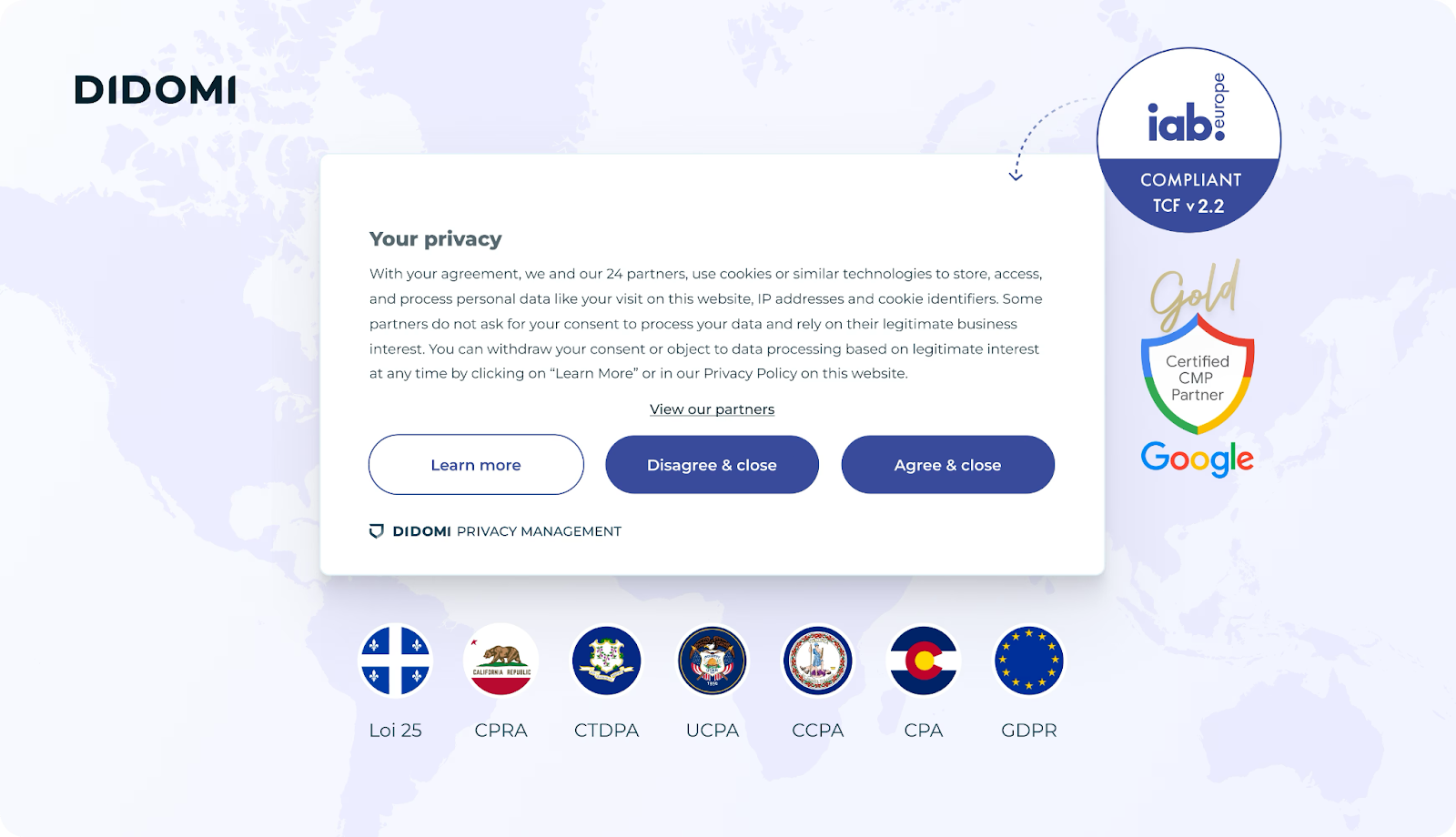
While most digital marketers are already familiar with the General Data Protection Regulation (GDPR), the European data privacy regulation which, in many ways, started it all, there's now much more ground to cover: the global regulatory landscape has been growing significantly over the past few years, including in the United States, Canada, India, Japan, and many more.
Add to that a complex matrix of frameworks, including Google Consent Mode v2, Microsoft Consent Mode, the Transparency and Consent Framework, Global Privacy Protocol, Global Privacy Control... a patchwork that can make it challenging for organizations to maintain .
What we're seeing for the past few years and what is coming is that data is becoming increasingly rare. You need to find ways to comply with technologies and regulations, traffic overtaken by adblockers, and everything related to the browser, such as third-party cookies which might affect data access overall.
- Laurent Werner, Senior Pre-Sales Manager at Didomi
To face these challenges, our Senior Pre-Sales Manager, Laurent Werner, presented some areas of focus, including the use of Privacy-Enhancing Technology (PET) like our advanced CMP, optimizing every interaction for compliance and performance by configuring consent collection behavior dynamically, preserving measurement and attribution, and unifying consent across various devices and domains.
Laurent also introduced the breadth of solutions available to optimize the value of user choices throughout their entire lifecycle, always starting with consent.
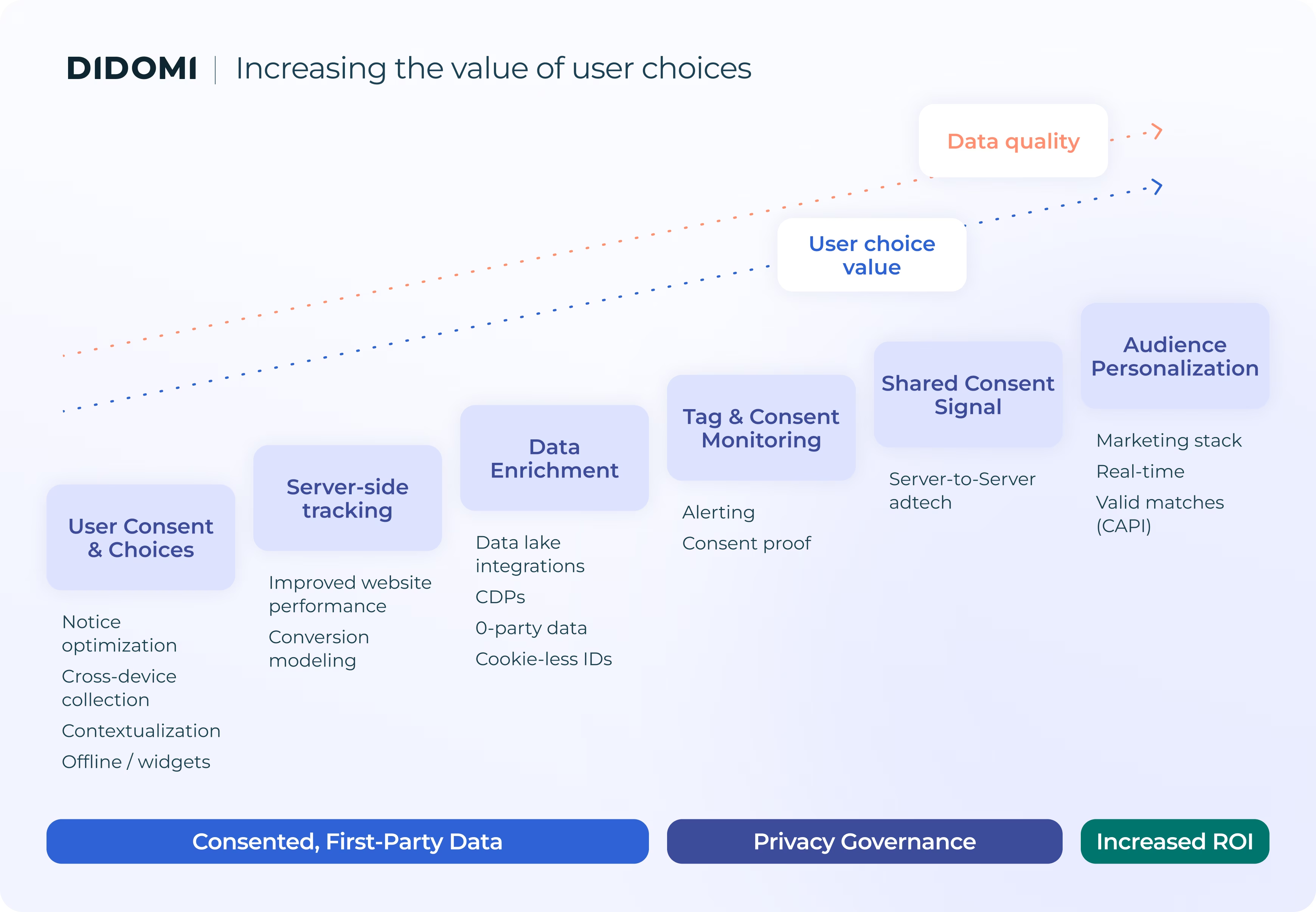
How to overcome data loss with server-side Google Tag Manager (sGTM)
Even when consent is granted, traditional client-side tracking methods are increasingly vulnerable to data loss. James Ensor, Head of UK Sales at Addingwell by Didomi, presented a stark reality:
On average, most websites out there today use client-side tracking and are probably losing around 10-20% of actionable data.
- James Ensor, Head of UK Sales at Addingwell by Didomi
This data loss primarily stems from cookie consent pop-ups, ad blockers, and browser privacy features, such as Safari Intelligent Tracking Prevention (ITP), Firefox, and Brave. Ideally, you should be able to track everyone visiting your website, provided they have given their consent.
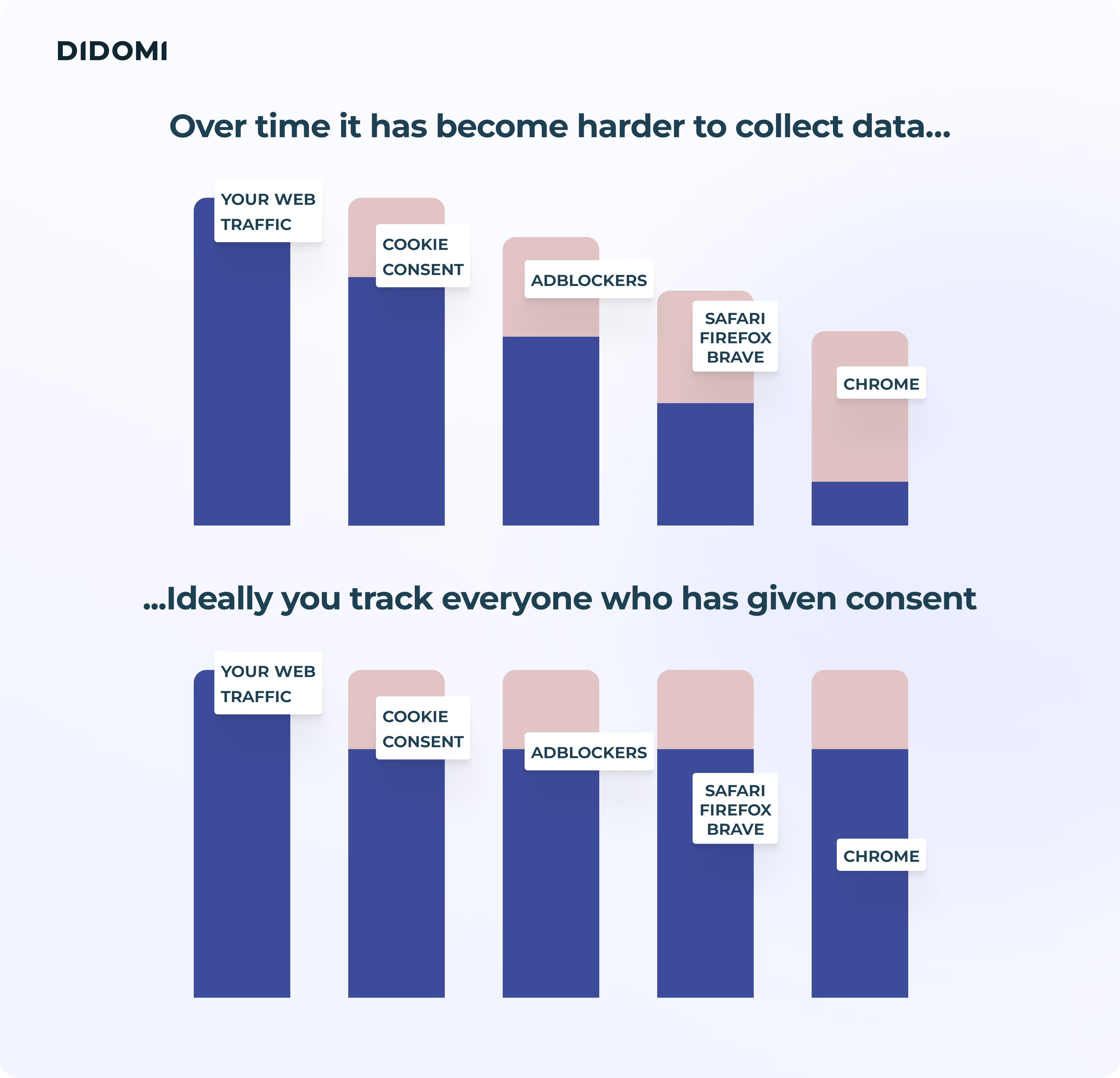
To introduce how server-side tracking can help, James starts by presenting some of the obstacles in the way that Addingwell by Didomi can help with:
- Client-side tracking can be described as "messy". All tags are loaded individually by default, resulting in a negative impact on your website's performance and offering minimal control to organizations over what happens on their website. Learn more about client-side vs server-side tracking.
- Adblockers are used by an average of 17% of users (Addingwell data), and prevent client-side tracking tags (such as Google Tag Manager and associated tags) from loading in the user's browser, causing attribution and conversion tracking to fail for those visitors.
- Safari's Intelligent Tracking Prevention (ITP) drastically limits the duration of cookies set by tracking domains to just 7 days, severely impacting attribution models that rely on longer windows.
- The lack of Control offered by client-side tracking provides little control over what the deployed tags are collecting. By default, they are designed to collect every event fired from the website.
By resolving these core technical hurdles, brands can achieve a critical uplift in the amount of reliable data they can send to their partners. The high-level schematic below illustrates the power of that new server-side architecture.
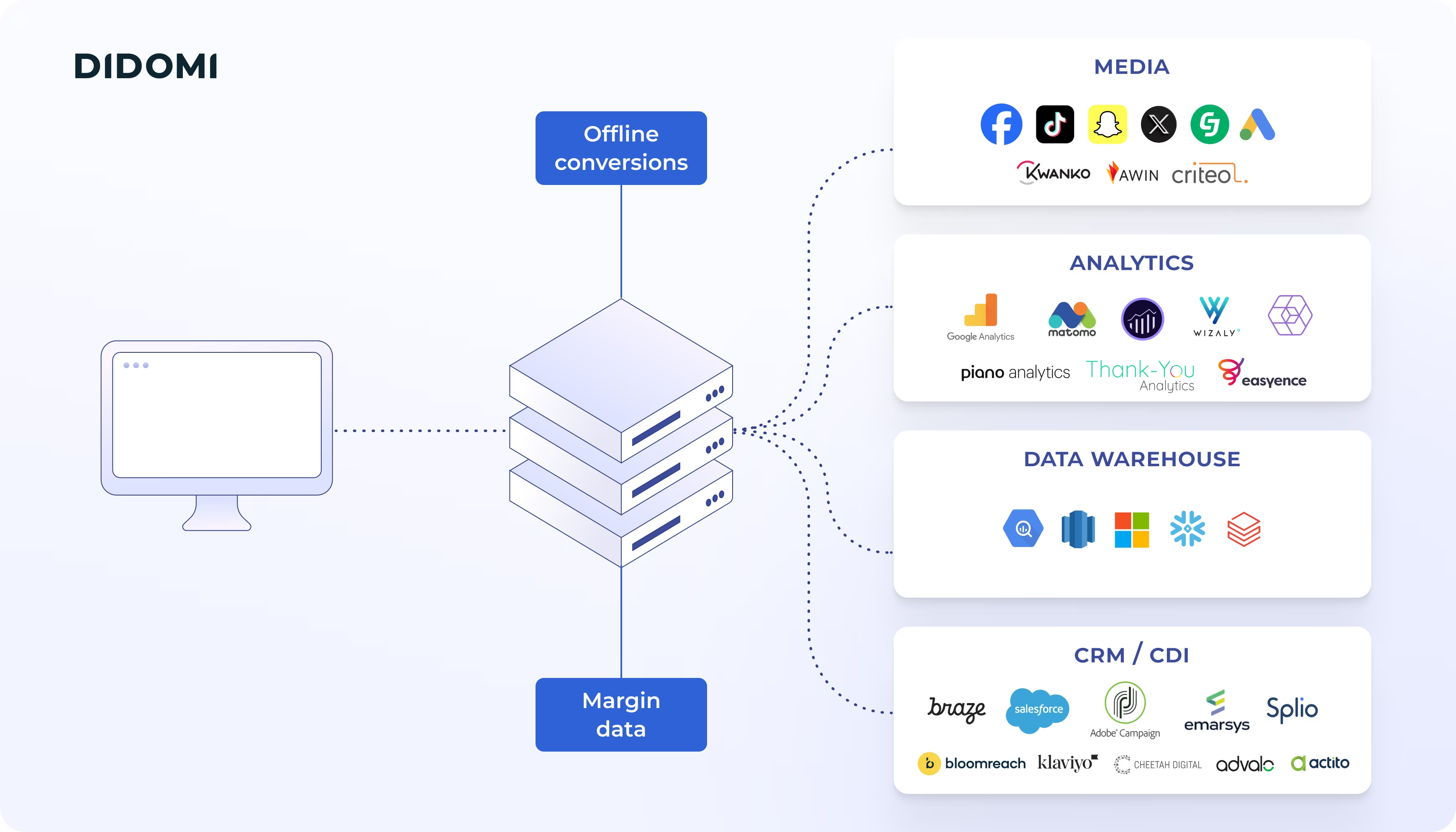
While client-side tracking sends data directly to every partner (Media, Analytics, CRM, Data Warehouse), the server-side container acts as a central hub, sending one clean event from the website to the server. Crucially, this secured, centralized environment enables companies to go beyond basic tracking and initiate data enrichment, integrating and forwarding sensitive business-critical metrics, such as offline conversions (e.g., in-store purchases) or margin data, which can be utilized for real-time optimization strategies.
To wrap up his presentation, James introduced a pivotal use case demonstrating how advanced server-side tracking can transform optimization by focusing on contribution margin instead of just revenue.
By integrating sensitive Margin Data directly into their server-side container, the retailer Maisons du Monde achieved a +12% uplift in business volume and specifically generated +5.7% more from high-margin products. This strategy also fixed tracking gaps, resulting in a remarkable +40% increase in purchase events being correctly attributed on platforms like Meta. Learn more on the Addingwell website:
{{maisons-du-monde-case-study}}
Data enrichment: Maximizing data value through secure, real-time insights and activation
The next part of the presentation was handled by Dillan Ramrattan, Analytics Director & Market Lead SSA at Jellyfish, who explored how companies can move beyond basic data collection to truly enrich data and achieve better results.
When you talk about business growth, it really boils down to a few core objectives that every company shares: Making advertising more profitable by increasing the contribution margin, building strong relationships to boost lifetime customer value, and using performance data to make smarter, faster decisions.
When you get all of these, growth isn't just possible, it becomes predicatble and it becomes scalable.
- Dillan Ramrattan, Analytics Director & Market Lead SSA at Jellyfish
Dillan introduced the digital maturity matrix below, which illustrates the steps that allow brands to unlock the power of data-driven marketing by amplifying effectiveness and efficiency.
Starting with the foundation and enhancement stages covered earlier in the presentation with consent collection and server-side tracking, the matrix then introduces the enrichment stage powered by sGTM Pantheon, an open-source set of solutions designed to enhance sGTM capabilities, providing additional ways to gather, send, and monitor data with greater flexibility, before completing with activation as the last stage of digital maturity.
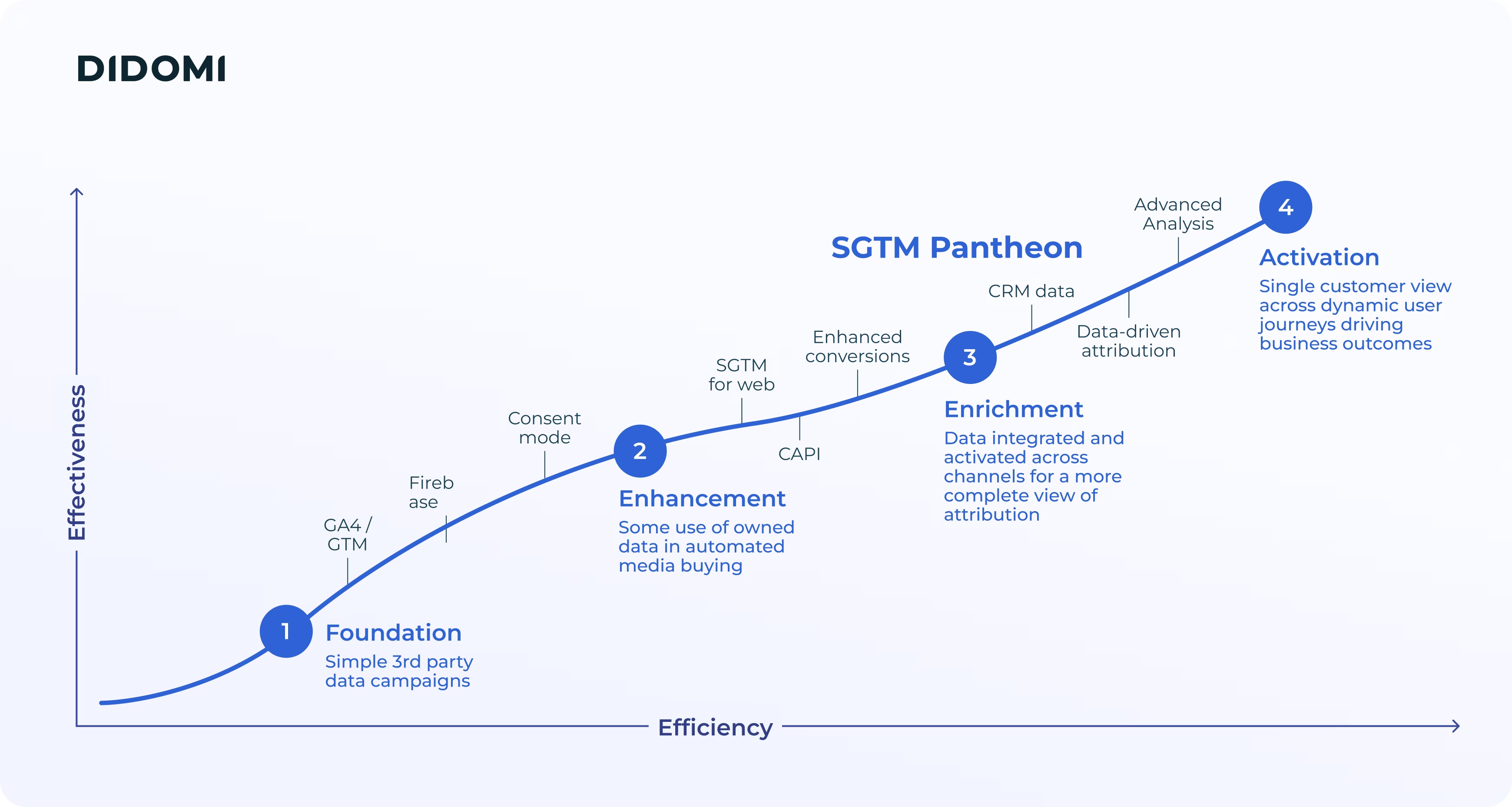
A real-life use case was presented using a case study involving John Lewis & Partners (JLP), a large omni-channel retailer in the UK, which faced the challenge of driving profitable growth and optimizing its media spend to focus on contribution margin rather than just sales volume.
By implementing Server-Side Google Tag Manager (sGTM) and the open-source Soteria solution, Jellyfish was able to connect offline product margin data via Google Cloud's Firestore, allowing JLP to bid to profit in near real-time. This led to remarkable results, including a +22% increase in conversions from deploying consent mode, a +6.5% conversion uplift from enhanced conversions, and +4% return on ad spend (ROAS).
Learn more by reading the Google article on the topic.
Access the webinar: The stack every digital team needs in Q4 and beyond
Brendan Hayes, Senior Analytics Director at Jellyfish, wrapped up the presentation by discussing privacy-centric measurement powering AI, powered by the strategic combination of robust consent management solutions like the Didomi CMP, server-side Google Tag Manager enhanced by Addingwell, and advanced data enrichment solutions like sGTM Pantheon championed by Jellyfish, in order to provide a comprehensive answer to the challenges of today's complex digital ecosystem.
To watch the full webinar including the insightful Q&A session covering topics like Consent Mode, adblockers, or the balance between real-time profit-based bidding and user privacy, head to the Jellyfish website.

.svg)





